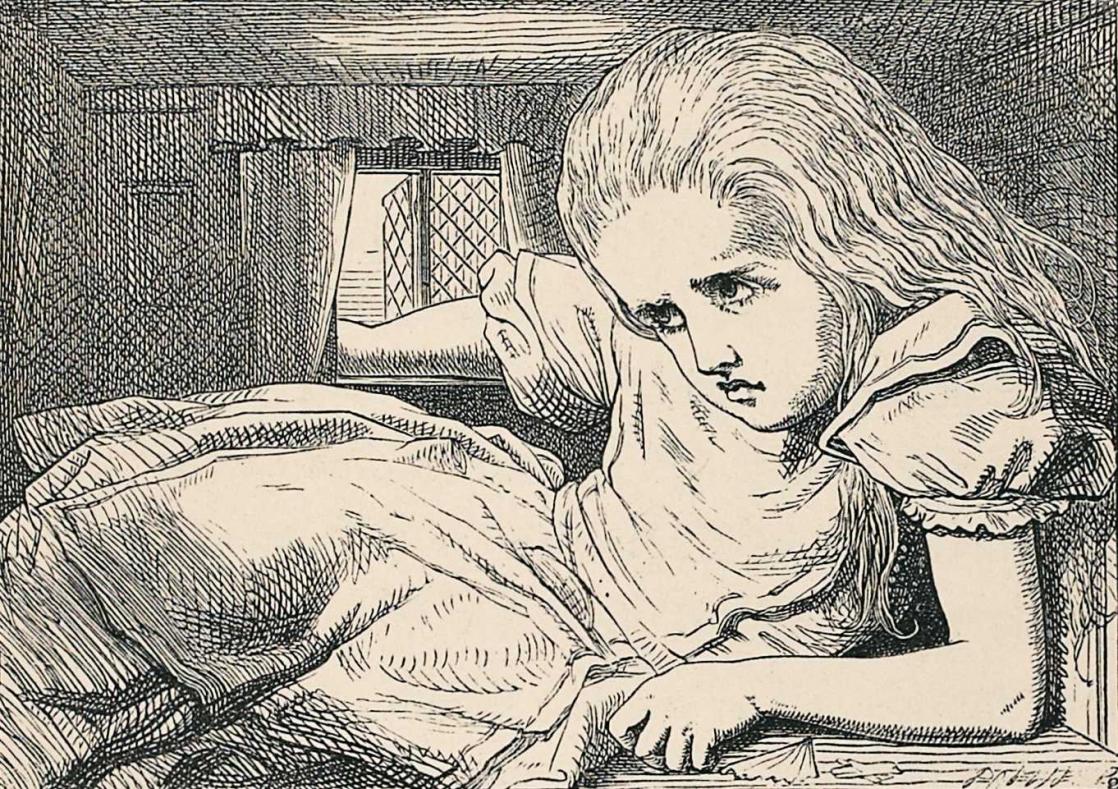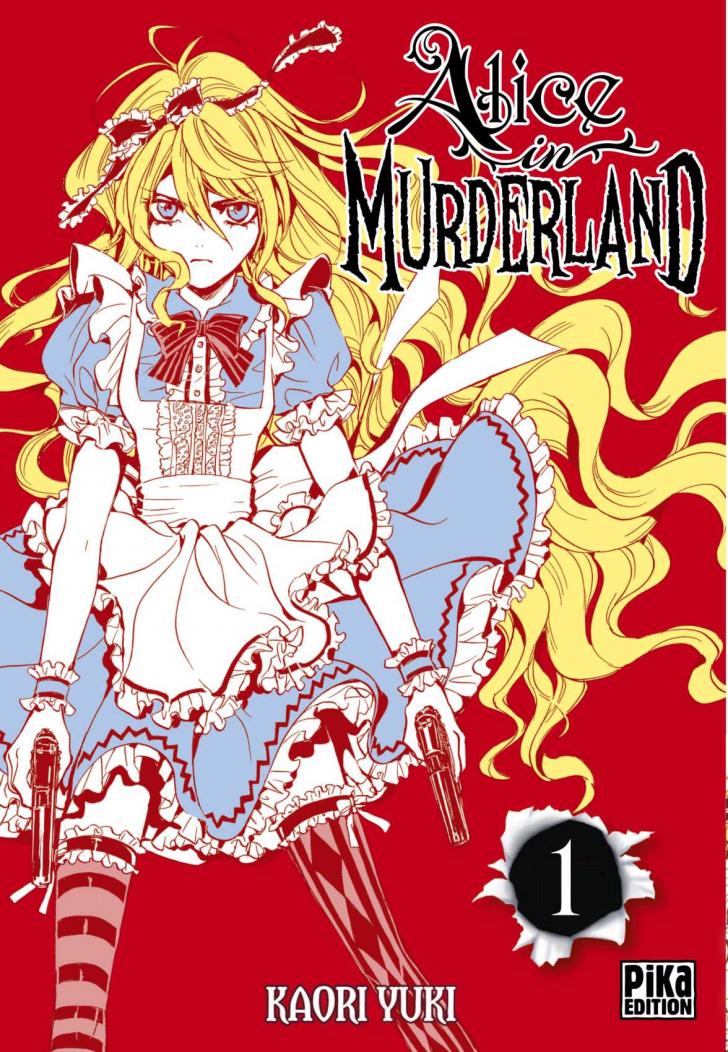Alice in Wonderland: Birth of a Genre
Alice’s Adventures in Wonderland was a trailblazer, opening new horizons for authors children’s fantasy. The young heroine has had a tremendous impact with her nursery-rhyme strewn tales expressing a fear of growing up.
Founding Oeuvre
Lewis Carroll (1832-1898), the pseudonym of Reverend Charles Lutwidge Dodgson, professor of mathematics and logic at Oxford, is the author of a key diptych in English children’s literature: Alice’s Adventures in Wonderland (1865) and its sequel, Through the Looking Glass (1871). With connections to several members of the pre-Raphaelite movement (most notably the Rossetti family), Lewis Carroll did indeed contribute to the birth of fantasy, although it can be argued that his work is on the outskirts of the genre.
Alice leaves our world either by following the White Rabbit down a rabbit-hole, or by stepping through a looking-glass. She enters a universe inspired by children’s songs, poems and nursery rhymes (Humpty Dumpty and Tweedledum and Tweedledee for example, both come from Carroll’s books). The game rules that apply – in a card game in the first book and a chess game in the second, are reinterpreted through the filters of the absurd and nonsense, a form of humor based on inverting logic. But Alice always wakes up when her adventures are over, and in the end, dreams provide a way to rationalize the nonsensical wonders.
Close to Childhood
The first book stemmed from the close relationship between the author and the daughters of the dean of Christ Church College, particularly Alice Liddell. It was at her request that Carroll put into writing the stories he made up to entertain her, which were filled with plays on their names, and inspired by their school lives and boating afternoons. Carroll’s original title for the book was Alice's Adventures Under Ground.
That underground world’s sense of wonder seems to reflect a child’s psyche more generally, as though it had come straight from a child’s mind: Alice is dreaming, and tableaux featuring characters drawn from stories she makes up follow each other almost seamlessly. This temporary immersion in “wonderland” is pedagogical: the plot hinges on the idea of growing up (getting bigger or not, and at what price), which is portrayed in a very concrete way through magical metamorphoses. Being very very tall turns out to be cumbersome for Alice, but when she’s tiny, she nearly drowns in her tears: she has to find just the right size to get through the door. Indeed, the originally idle and dissipated little girl’s evolution over the course of the tale is summed up at the end of the first volume by her grown-up older sister, who speculates about the mother Alice will in turn become some day.
Iconic Images of Alice
The lavishness of the story’s sense of childhood wonder has established Alice in our collective cultural memory. The many images, illustrations and film adaptations of her frequently reprised character have contributed to the fact that she is still immediately recognizable. Carroll was a talented portrait photographer who illustrated the original Alice manuscript himself. Later he agreed to hire John Tenniel, a professional cartoonist and illustrator, to make engravings for it. Tenniel’s sulky Alice with her long blonde hair, downcast eyes, puffed-up skirt and blue apron are unforgettable, particularly since the Disney animated film (1951) contributed to establishing them as the norm.
The little girl and her colorful companions have inspired the greatest illustrators. Our contemporary era has a taste for adding a pinch of darkness to their childish adventures. So both the 2010 Tim Burton film and the series Once Upon a Time in Wonderland (ABC, 2013-2014) portrayed a grown-up Alice returning to Wonderland as a young adult. Since she is very popular in Japan, she appears in myriad manga, which tend to skew towards perversity and violence (as in Asô Haro’s Alice in Borderland, since 2011, Yuki Kaori’s Alice in Murderland, since 2014, Ishikawa Yugo’s Wonderland, since 2015). Other manga place her at the heart of romantic intrigues, as in the “visual novel” game Alice in the Country of Hearts/Wonderful Wonder World, which has spawned numerous other games, a manga series and an anime film).


